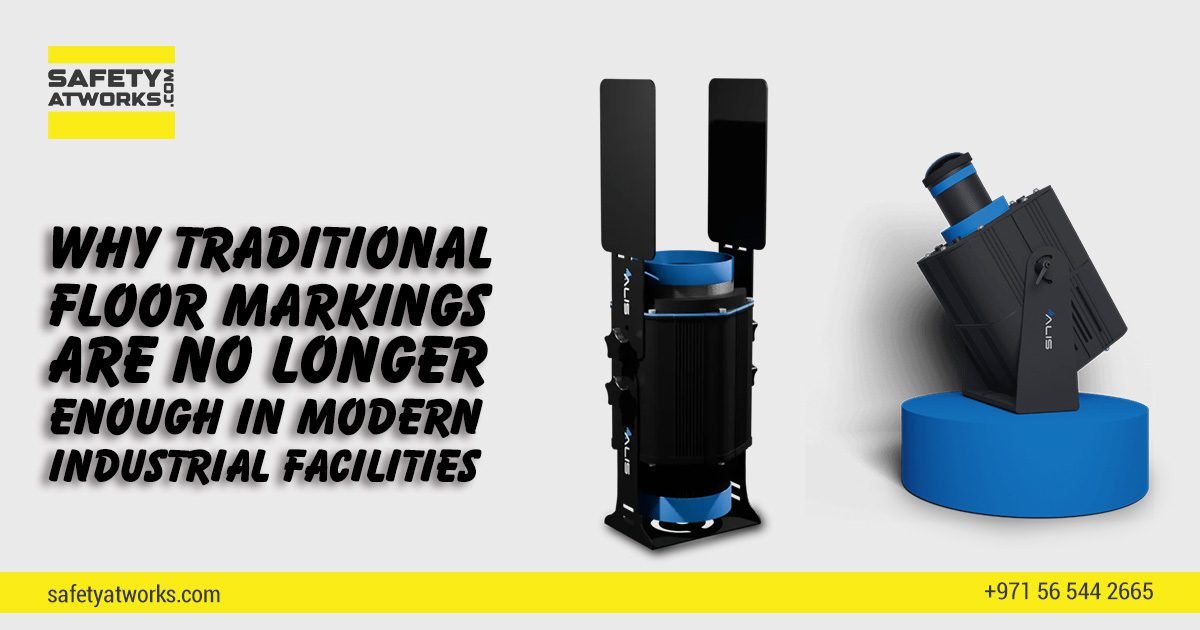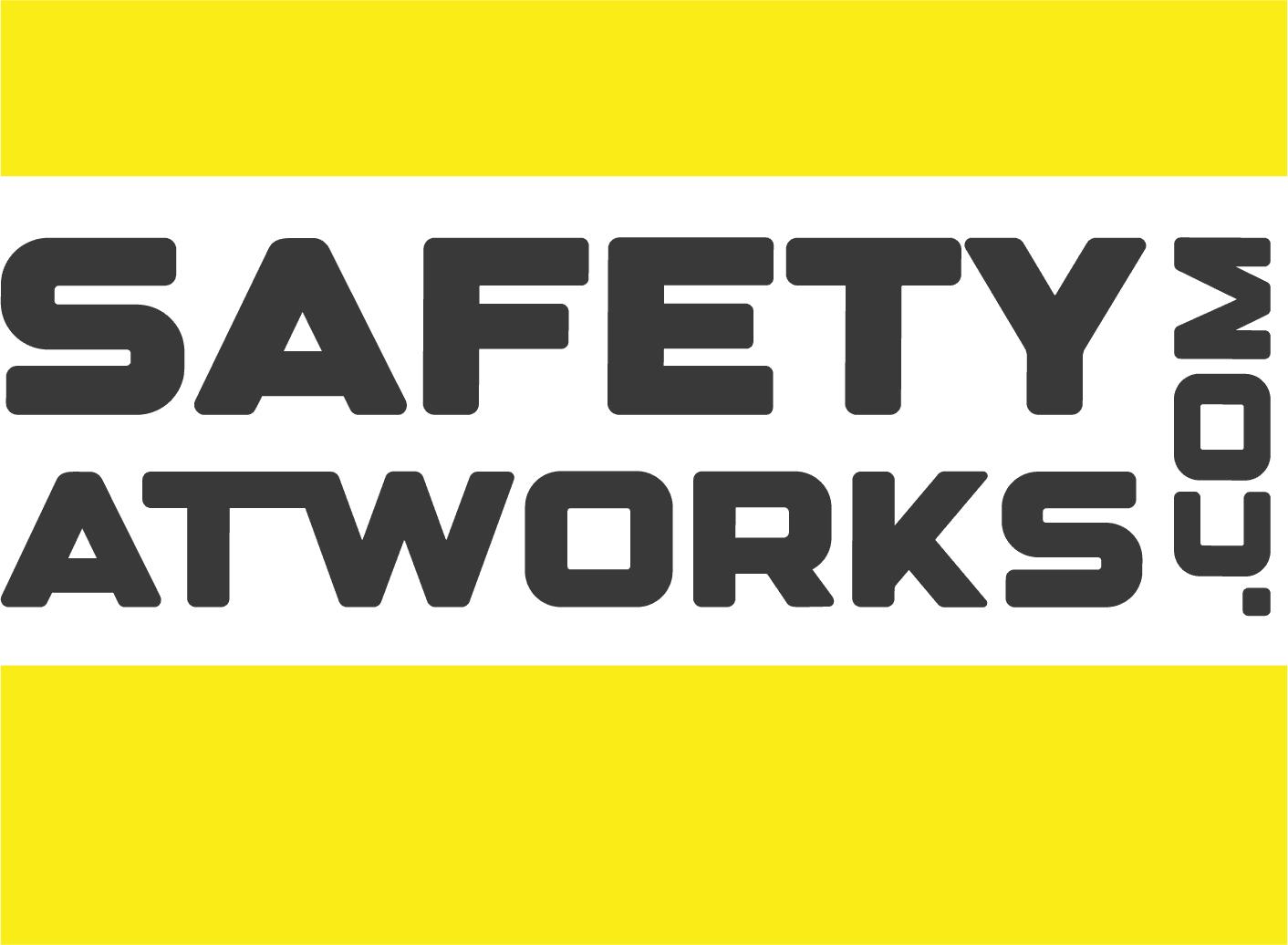
-
July 3, 2025
- 0 Comment
Why Traditional Floor Markings Are No Longer Enough In Modern Industrial Facilities
Safe working environment is the foundation of productivity. Machines and the personnel are the two major assets of industries, which makes the implementation of safety features essential to ensure a secure workspace.
Safety measures come in a wide spectrum which includes safety barriers, fences and floor markings. Industrial floor markings are just as important as the others.
As the fifth industrial revolution marks its entry, there has been a total upgradation in all the systems. Conventional systems are no longer effective, same goes for the traditional marking systems.
In this blog, we will discuss the reason why traditional floor markings are no longer a feasible option in modern industries.
What is floor marking?
Industrial floor marking is an effective safety measure that utilizes shapes, graphical texts, lines and symbols to create visual signs on the floor.
These cues help to demarcate hazardous zones, vehicle routes, workspaces, walkways, and highlight dangerous areas, alerting the personnel and staff, ensuring a safe working environment.
For decades, traditional floor markings have been the go-to method to create the visual markings that helped to guide the personnel, providing the warning signs. But the industrial sector has evolved drastically, and traditional markings no longer serve the purpose.
Reasons why traditional markings are limited
1. Time consuming
Traditional floor markings are done manually. At first, the floor must be cleaned, which is followed by the application of paint, which may need more than one coat at times. It will then be left to dry, which may take hours or even days. Until then, since that area will be blocked off, it will affect daily operations.
2. Fading and Wear
In the case of tape and adhesive floor signs, they can peel off or risk wear and tear under forklift use, heavy traffic and exposure to harsh chemicals.
3. Fatigue and Strain
Traditional floor marking is no easy job. For instance, applying tape or paint to a warehouse or a large industrial site involves repetitive movements, prolonged standing and awkward movements, which can cause strain to muscles and joints.
4. Damage to the floor surface
Removing paint and tape can cause significant damage to the floor surface if not done with caution. Some tapes may leave behind sticky adhesives, which are often difficult to remove. In turn, some paint removers can be too harsh on the floor, which may affect the underlying material. Since painting and taping often require frequent replacement, it will result in floor surface deterioration.
5. Environmental concerns
Some paints and adhesives from the tape may emit VOCs or Volatile Organic Compounds, which are dangerous, because they will affect the air quality and can cause long-term health concerns.
6. Cost Considerations
The frequent replacement of tape and paint will incur additional expenses over time.
The Call For Change:Transition to LED Floor Marking
LED floor markings have revolutionized the industrial sector with their sign projection and line illumination. The LED projectors effectively display the floor signs, cross lines and mark off hazardous zones way more effectively than the traditional methods.
It is highly advantageous as it is unaffected by wear and tear. It is flexible, dynamic and can increase visibility, thereby alerting the employees and staff, warding off potential accidents.
Relying solely on traditional floor markings will not alone suffice for the rapidly evolving industries. Continuous upgrading and updating are essential to guarantee a safe working environment.
Modern industrial settings have to embrace the new technologies and innovative solutions such as LED floor markings that effectively illuminates the safety markings, ensuring well being of the workers, thereby enhancing productivity.
